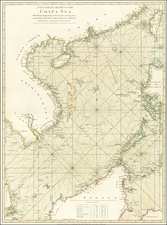A fine example of Jan Huygen van Linschoten's attractive depiction of a Junk, one of the earliest printed images of the sailing ships that commonly travelled the South China Sea, between China and Southeast Asia.
This fine image depicts a junk, with a seaside town in the background. This is an early portrayal of the kind of vessel that was traditionally the lifeblood of commerce throughout the sheltered seas of China and Southeast Asia. The ship is shown manned by sailors in period costume, of which one the figures is engaged in fishing. The flag featuring crescent moons suggests that this particular junk hailed from one of the Islamic sultanates of Indonesia.
The engraving comes from the Linschoten's epic work Itinerario, voyagie, ofte Ship-vaert (Amsterdam, 1596), inarguably the most influential book on Asia of its era. Jan Huygen van Linschoten (c.1563 -1611) was a larger than life figure who was instrumental in encouraging the Netherlands to seek an empire in East Asia. Born in Haarlem, he was the son of a notary. While barely a teenager, he moved to Seville and then Lisbon with his brother. He evidently impressed the powers that be in the Portuguese capital, for he was appointed secretary to the Archbishop of Goa, serving in that capacity from 1583 to 1588. He made use of the extensive archives at Goa and interviewed mariners and explorers.
Linschoten retuned to the Netherlands and wrote three books relating his knowledge of Asia, the third publication being the
Itinerario, published in 1596 and translated into English and German two years later. Linschoten stole many Portuguese state secrets regarding navigation and trade in the East Indies, intelligence that was critical to the success of early Dutch endeavors in the region.









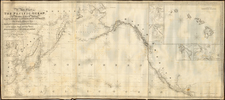
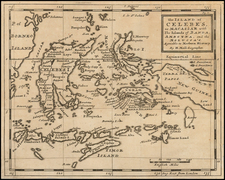
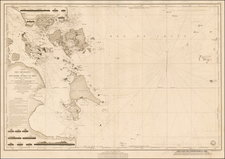
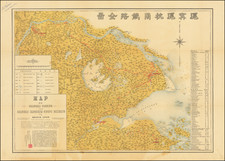
![[ Queensland / Papua New Guinea ] Nouvelle Guinee et Carpentarie](https://storage.googleapis.com/raremaps/img/small/98045.jpg)
